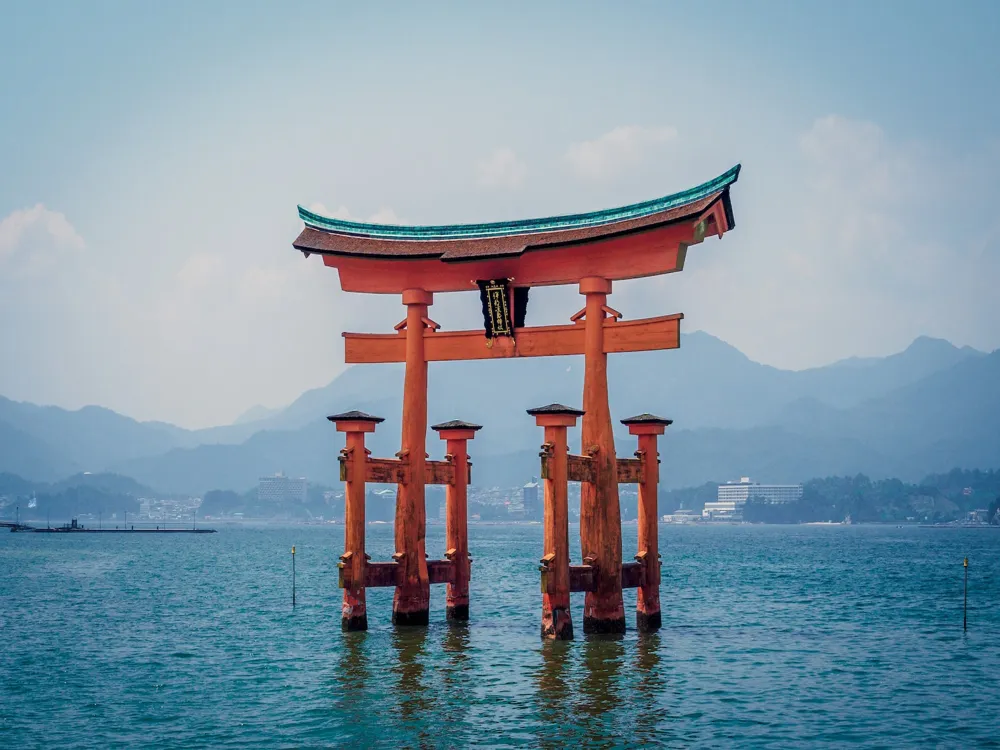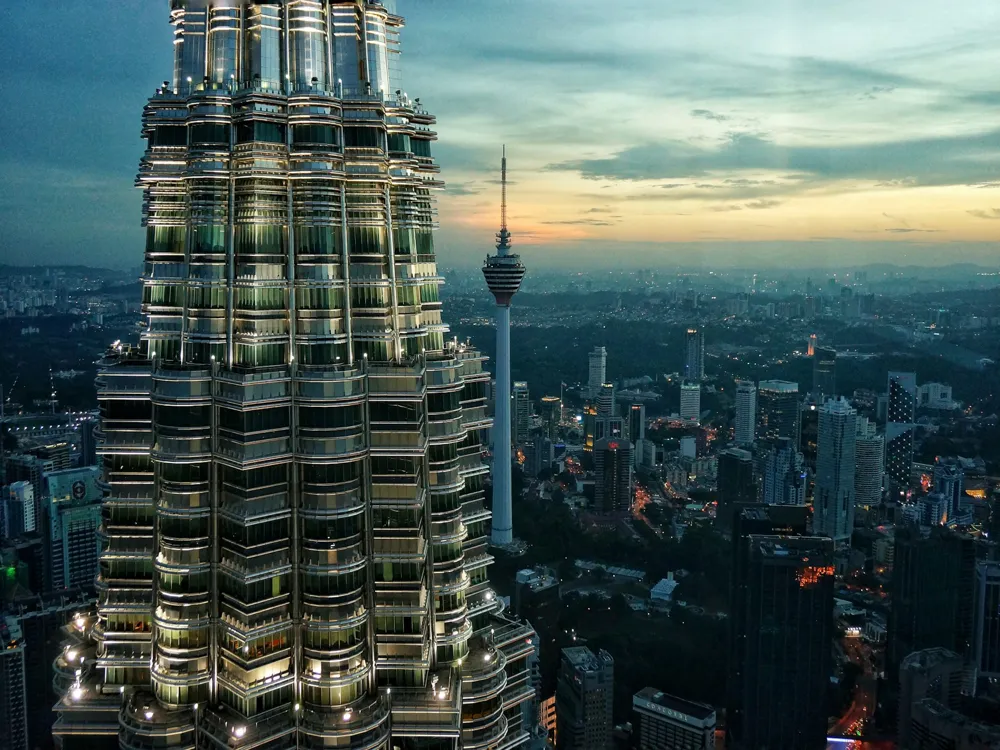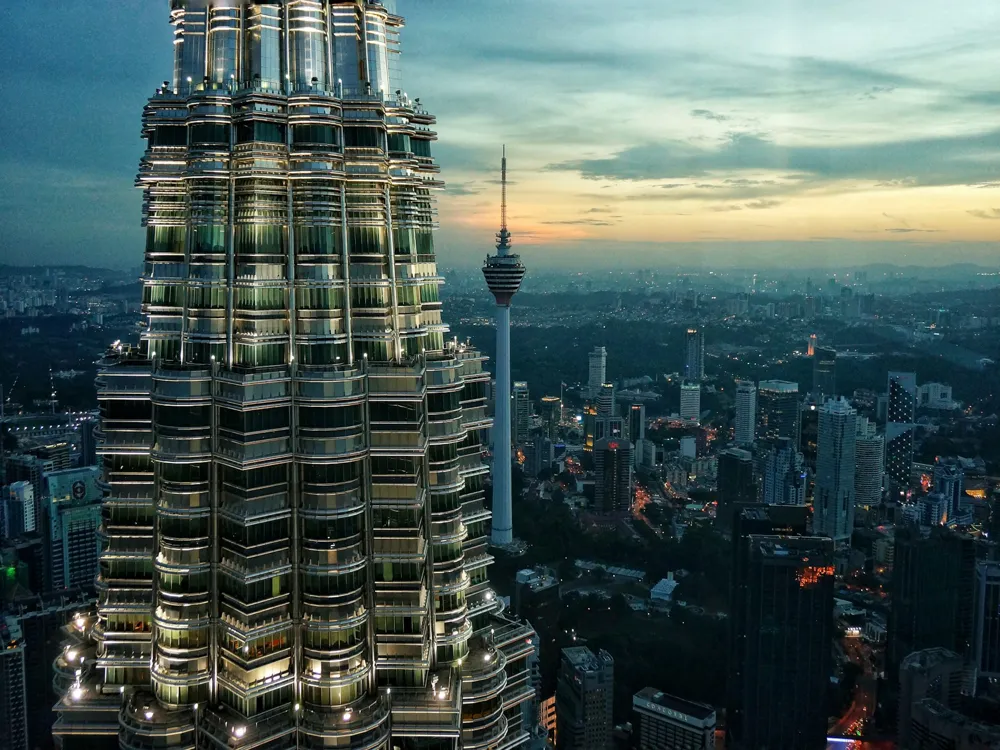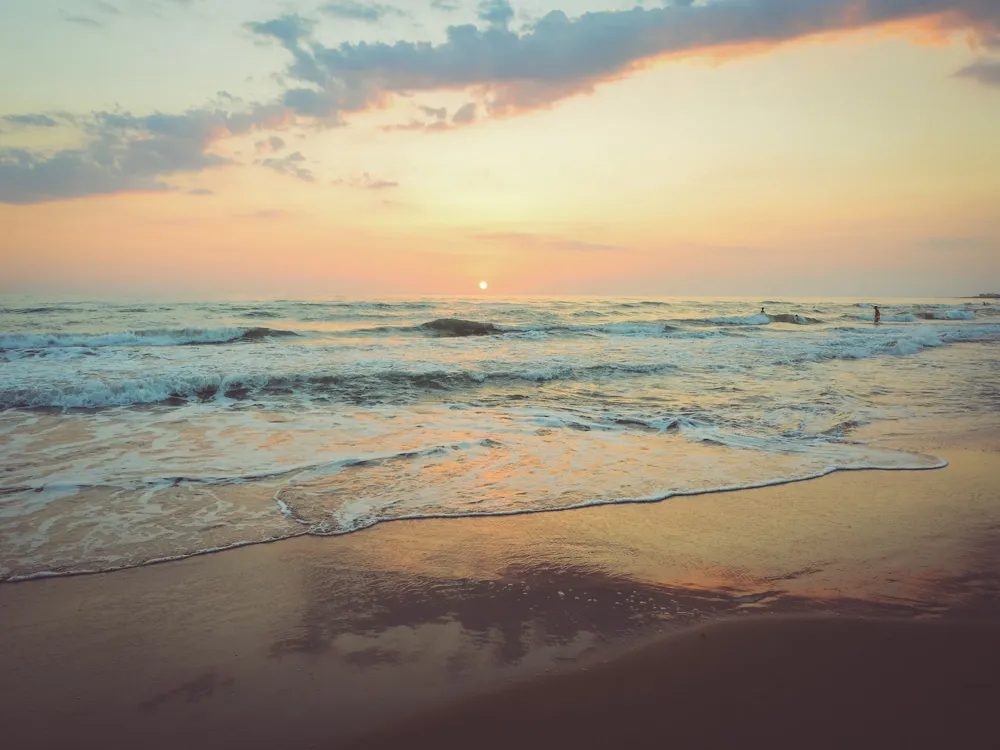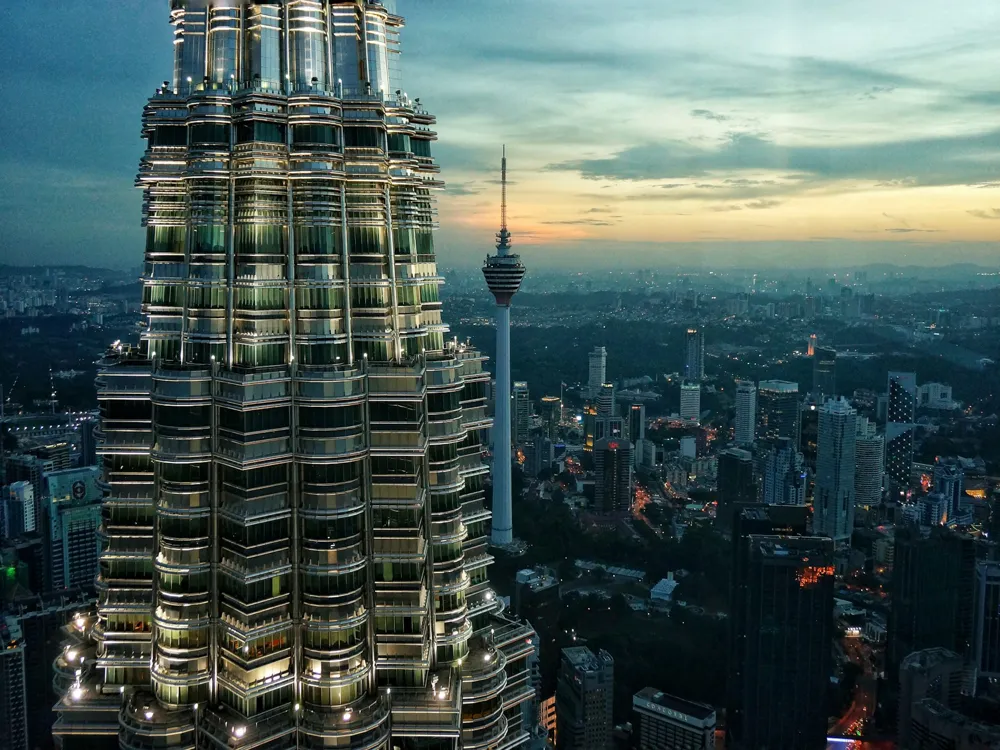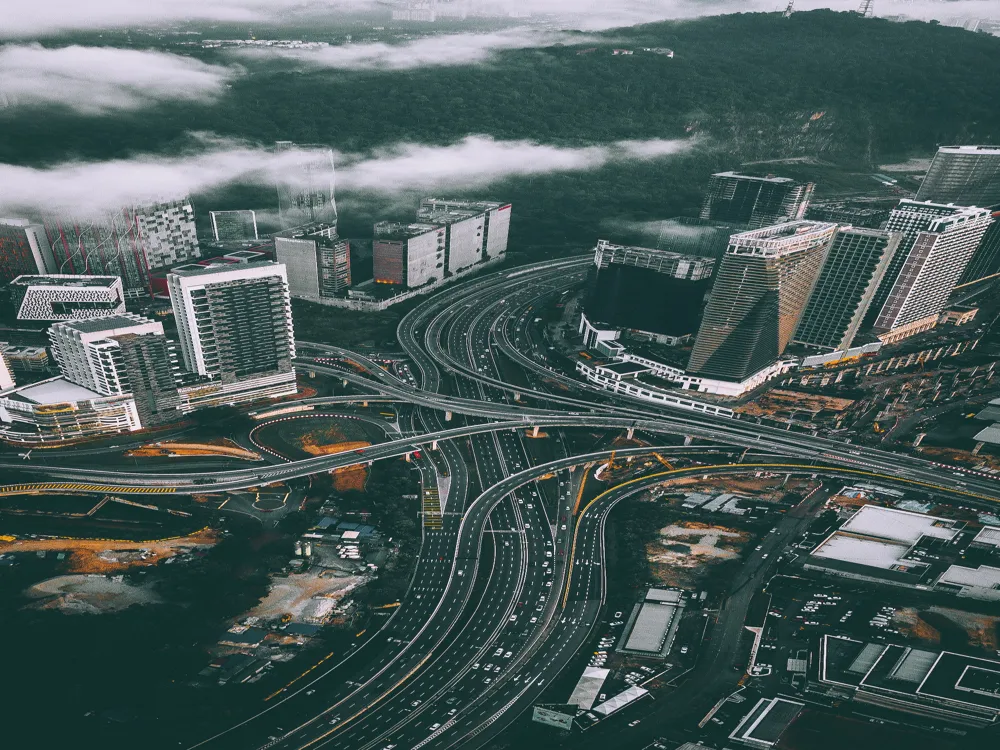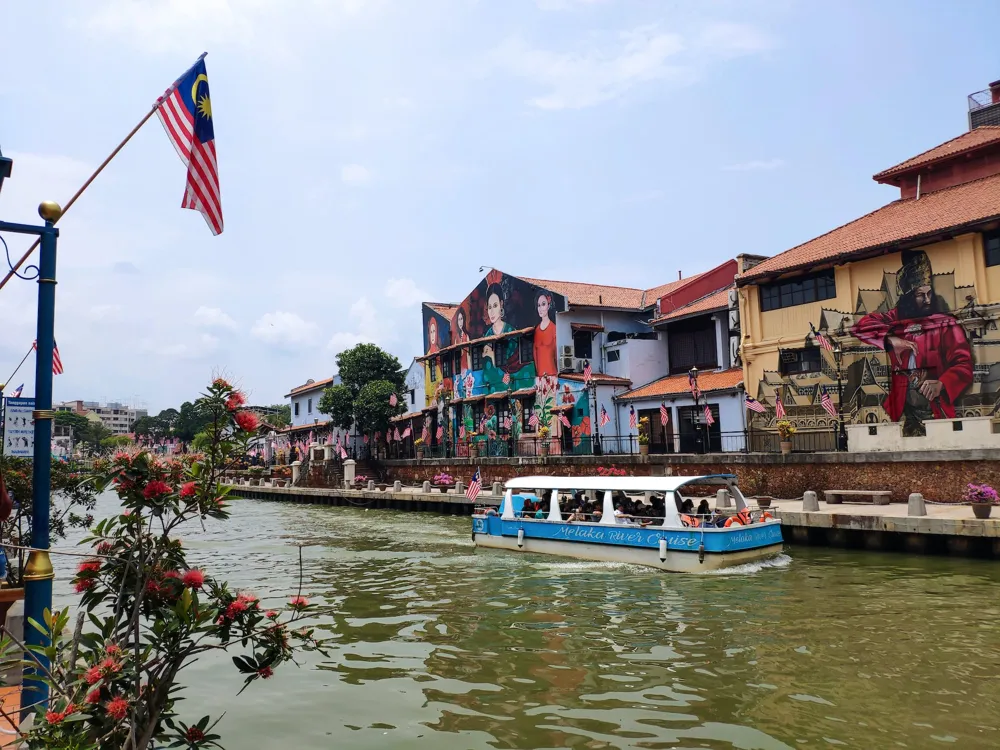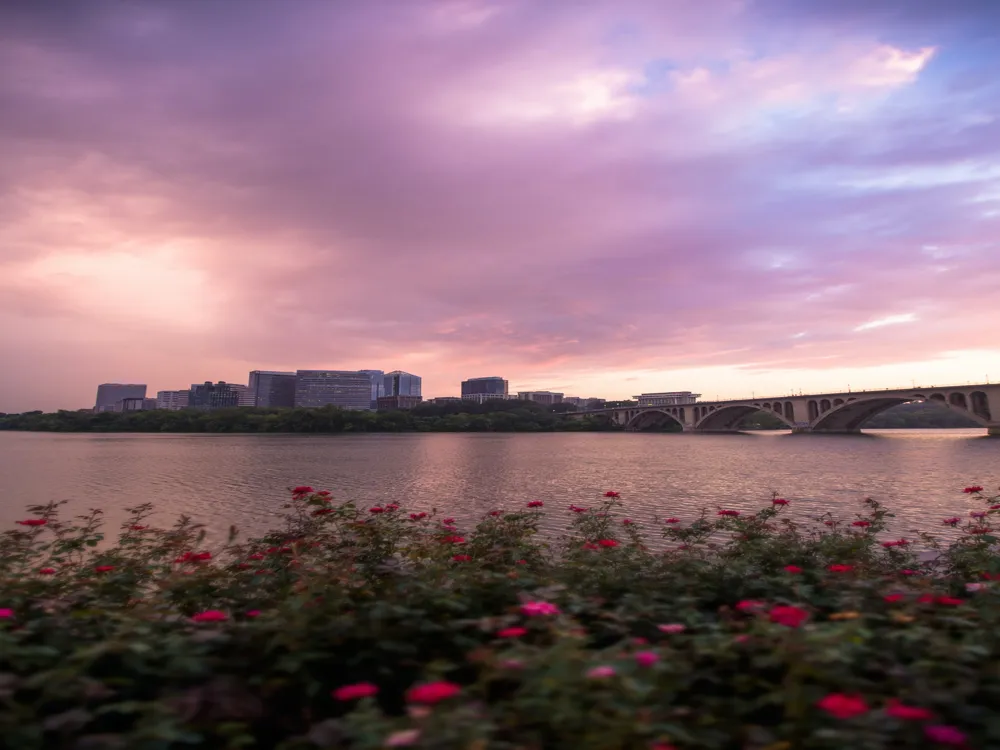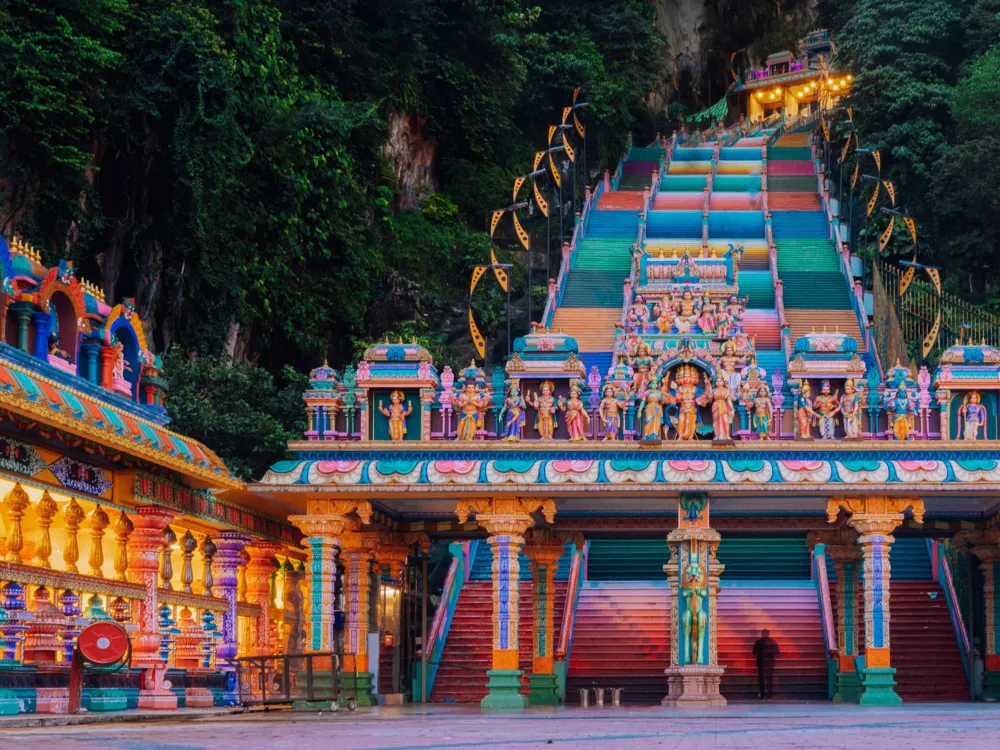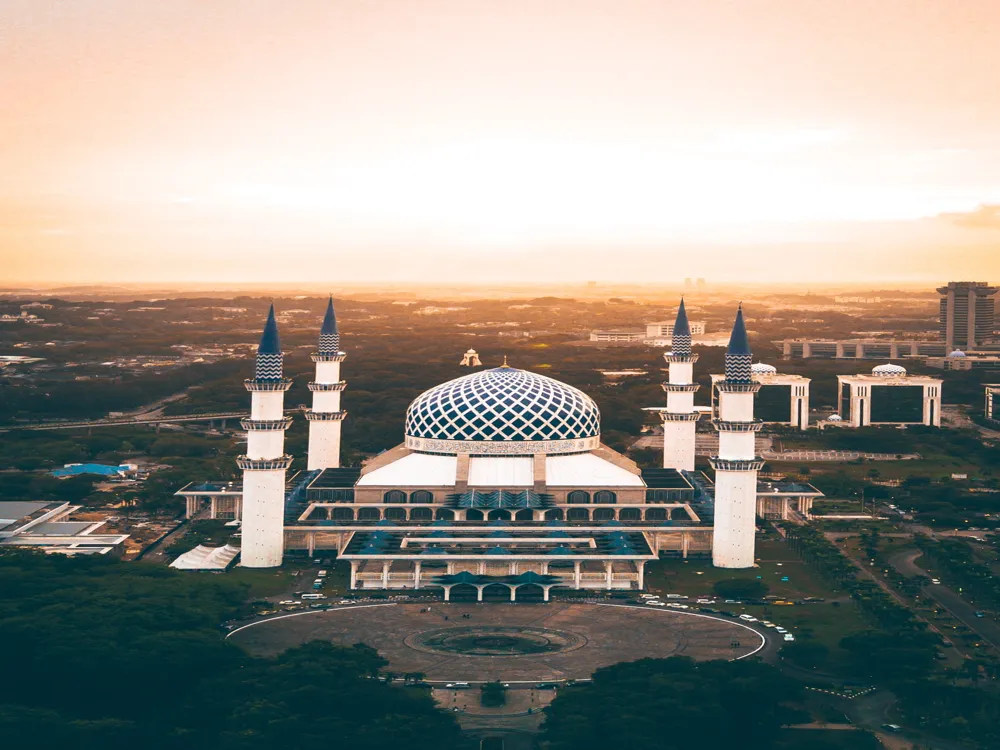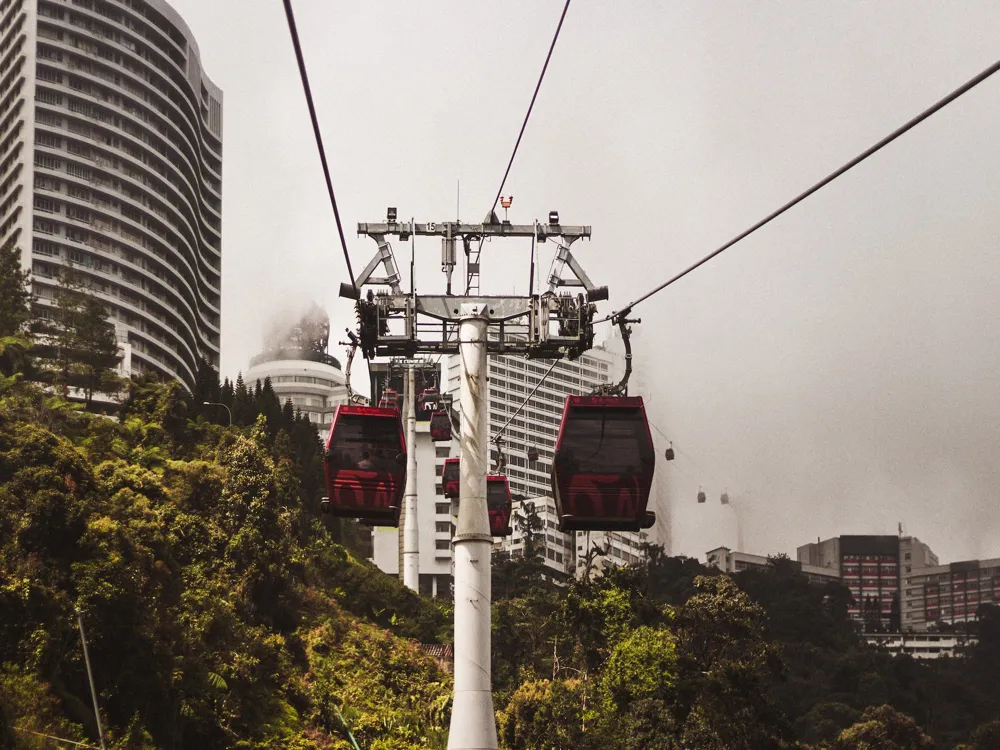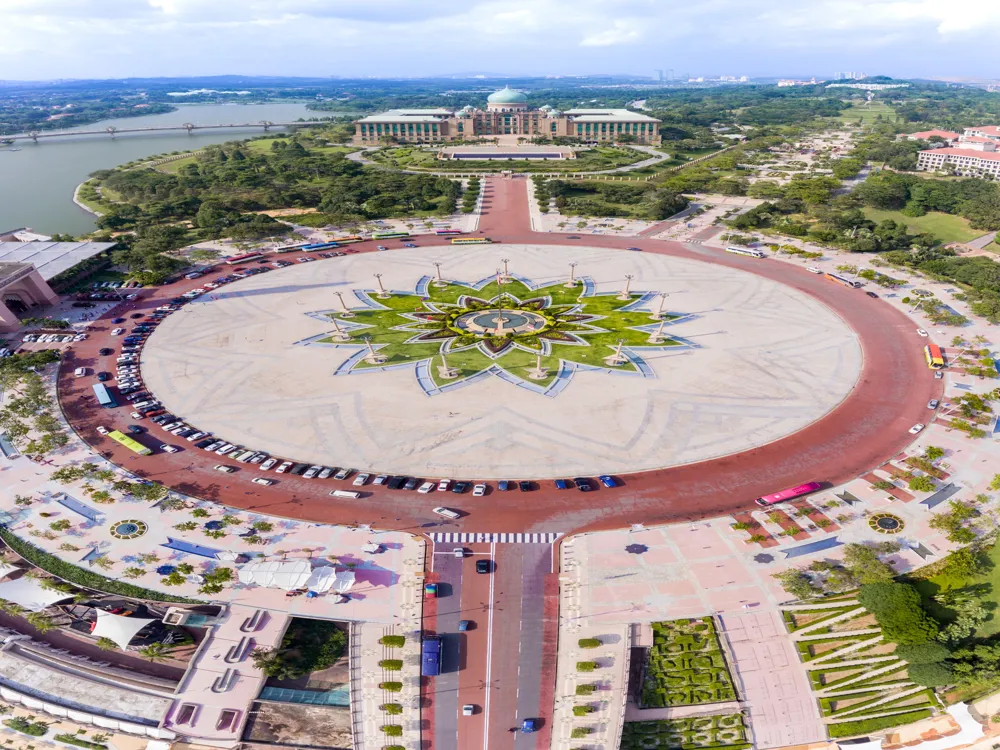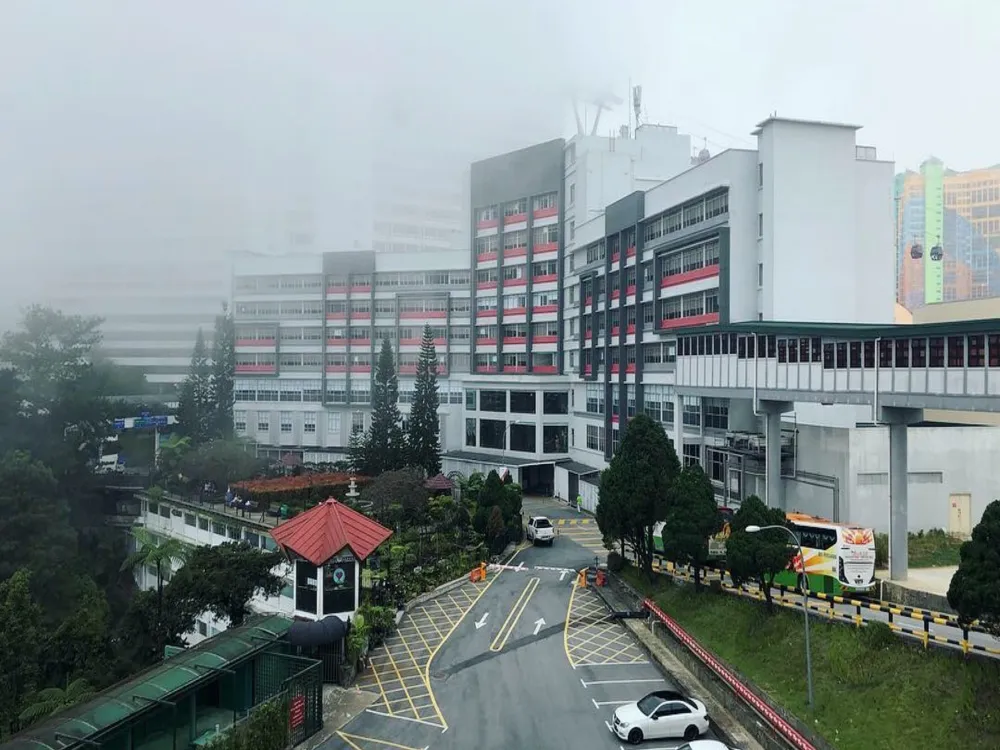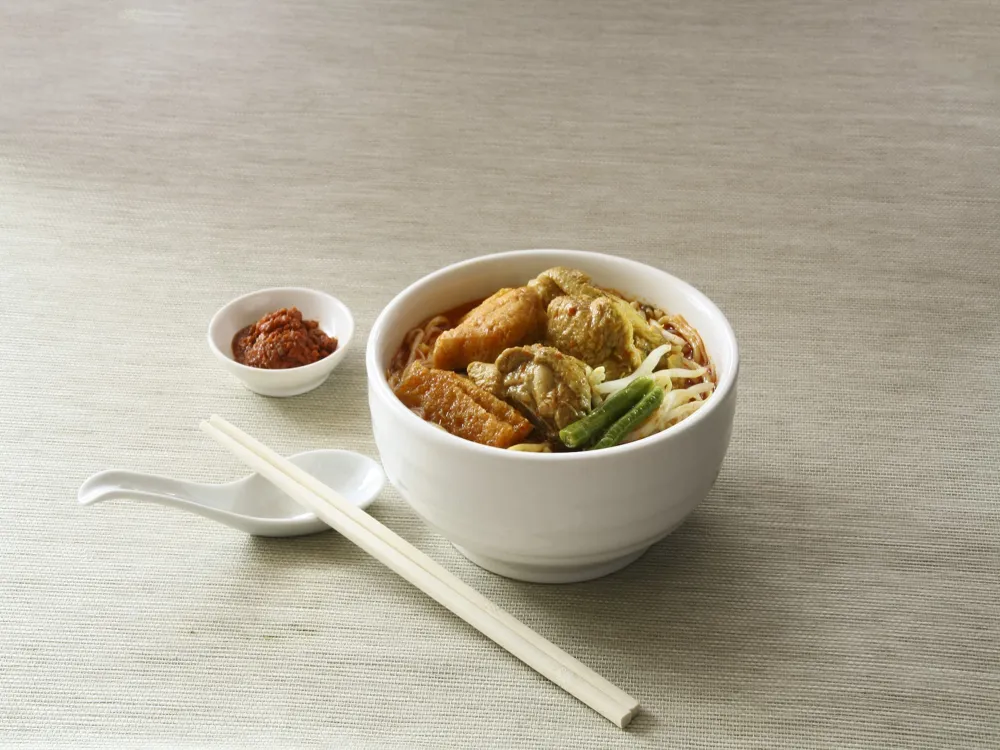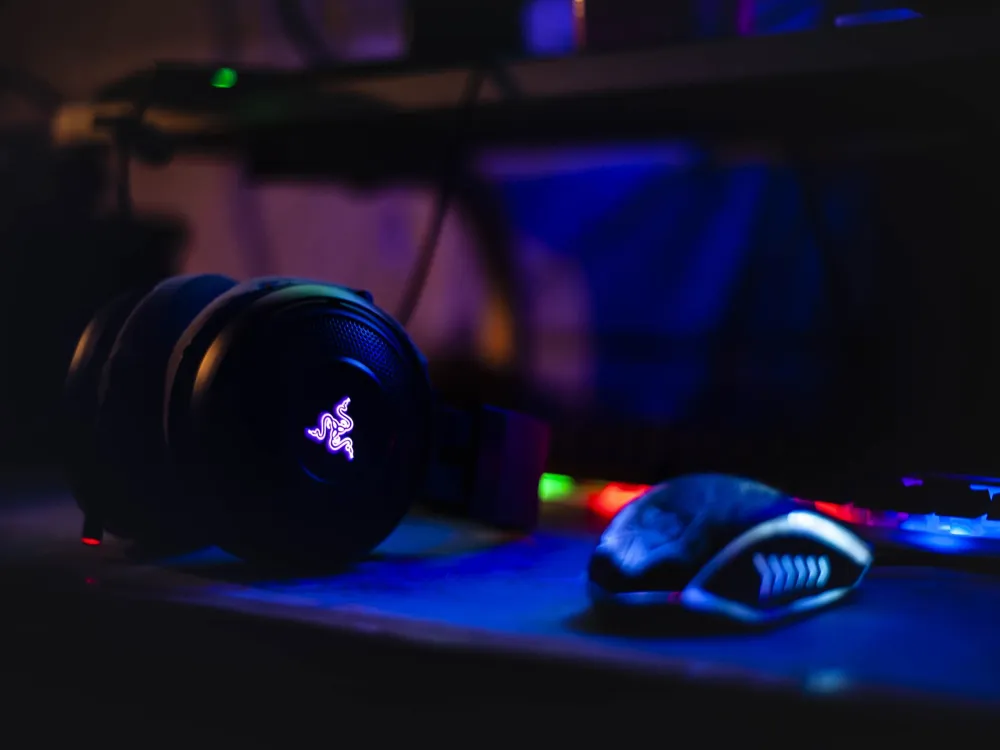Nestled in the heart of Kuala Lumpur, the Sin Sze Si Ya Temple stands as a testament to the rich cultural tapestry and historical depth of Malaysia's capital city. Established in 1864, this temple is not only the oldest Taoist temple in the city but also a beacon of spiritual and historical significance. It was founded by Yap Ah Loy, a pivotal figure in the development of Kuala Lumpur, making the temple a vital link to the city's early days. The temple is dedicated to two deities, Sin Sze Ya and Si Sze Ya, revered by the Chinese community for their guidance and protection. As you step into the temple grounds, you are instantly transported to a realm that contrasts sharply with the bustling urban environment outside. The temple serves as a serene oasis, offering a peaceful retreat for both locals and tourists alike. The intricate designs and traditional architectural elements reflect the deep-rooted Chinese influences, while the atmosphere within the temple grounds exudes a sense of tranquility and reverence. The Sin Sze Si Ya Temple is not only a place of worship but also a cultural hub, playing a crucial role in the preservation and celebration of Chinese heritage in Kuala Lumpur. Throughout the year, the temple is a focal point for various Chinese festivals and celebrations, drawing in crowds from all walks of life. It is a living museum, showcasing the enduring traditions and beliefs of the Chinese community in Malaysia. The temple's historical significance is further highlighted by its role in the community. It has been a guiding force and a source of spiritual support for the Chinese settlers since its inception. The temple has witnessed the transformation of Kuala Lumpur from a mining town into a vibrant metropolis, serving as a silent observer to the city's ever-changing landscape. Today, the Sin Sze Si Ya Temple stands not only as a spiritual sanctuary but also as an emblem of Kuala Lumpur's diverse cultural identity. It offers a unique glimpse into the city's past, while continuing to play an active role in the present. The temple is more than just a religious site; it is a bridge between the past and present, a place where history and spirituality converge. The architecture of Sin Sze Si Ya Temple is a splendid example of traditional Chinese temple design, blending historical elegance with cultural significance. The temple's structure reflects the architectural styles prevalent during the 19th century, characterized by ornate decorations, intricate carvings, and a harmonious balance of colors and space. As you approach the temple, the first thing that catches your eye is the striking roof. Adorned with intricate carvings and colorful ceramic figures, the roof is not just an architectural element but a canvas that tells stories from Chinese mythology and folklore. The use of vibrant colors, predominantly red and gold, symbolizes good fortune and prosperity, which are central themes in Chinese culture. The temple's layout is a study in symmetry and balance, a key aspect of Feng Shui, the ancient Chinese art of placement. The main hall, dedicated to the worship of the deities, is flanked by smaller halls and courtyards, creating a sense of harmony and flow. The use of open spaces and courtyards allows natural light to flood the interiors, creating an ambiance of warmth and welcome. One of the most distinctive features of the temple's architecture is the use of wood. Intricately carved wooden panels and beams are not only structural elements but also works of art, depicting scenes from Chinese mythology and daily life. These wooden carvings are a testament to the craftsmanship and artistic prowess of the builders. The temple also features traditional Chinese calligraphy, which adorns the walls and pillars. This calligraphy is not just decorative; it carries deep spiritual and philosophical meanings, offering insights into Chinese wisdom and thought. The Sin Sze Si Ya Temple is a harmonious blend of art, religion, and architecture. It stands as a proud reminder of the Chinese community's contributions to Kuala Lumpur's cultural landscape, preserving the essence of traditional Chinese architectural principles while adapting to the local context. Visitors should wear modest clothing that covers shoulders and knees, out of respect for the temple's religious significance. While photography is allowed, it's important to be respectful and avoid taking pictures during prayer or religious ceremonies. Visitors should familiarize themselves with the temple's customs, such as removing shoes before entering certain areas and participating in rituals with sensitivity. The temple is a place of worship and reflection. Visitors should maintain a quiet demeanor and avoid loud conversations. While not obligatory, donations are appreciated and help in the maintenance of the temple. Sin Sze Si Ya Temple is conveniently located in the central part of Kuala Lumpur, making it easily accessible by various modes of transportation. Visitors can reach the temple by: Read More:Overview of Sin Sze Si Ya Temple, Kuala Lumpur
Architecture of Sin Sze Si Ya Temple
Tips When Visiting Sin Sze Si Ya Temple
Dress Appropriately
Photography Etiquette
Understanding Cultural Practices
Respect the Quietude
Donations
How To Reach Sin Sze Si Ya Temple
Sin Sze Si Ya Temple
Kuala Lumpur
₹ 18,000 onwards
View kuala-lumpur Packages
Weather :
Tags : Temple
Timings : 7:00 AM - 5:00 PM every day
Time Required : 1-2 hours
Location : 113A Jalan Tun HS Lee, 14A Leboh Pudu, Kuala Lumpur
Planning a Trip? Ask Your Question
Kuala-lumpur Travel Packages
View All Packages For Kuala-lumpur
Top Hotel Collections for Kuala-lumpur

Private Pool

Luxury Hotels

5-Star Hotels

Pet Friendly
Top Hotels Near Kuala-lumpur
Other Top Ranking Places In Kuala-lumpur
View All Places To Visit In kuala-lumpur
View kuala-lumpur Packages
Weather :
Tags : Temple
Timings : 7:00 AM - 5:00 PM every day
Time Required : 1-2 hours
Location : 113A Jalan Tun HS Lee, 14A Leboh Pudu, Kuala Lumpur
Planning a Trip? Ask Your Question
Kuala-lumpur Travel Packages
View All Packages For Kuala-lumpur
Top Hotel Collections for Kuala-lumpur

Private Pool

Luxury Hotels

5-Star Hotels

Pet Friendly







